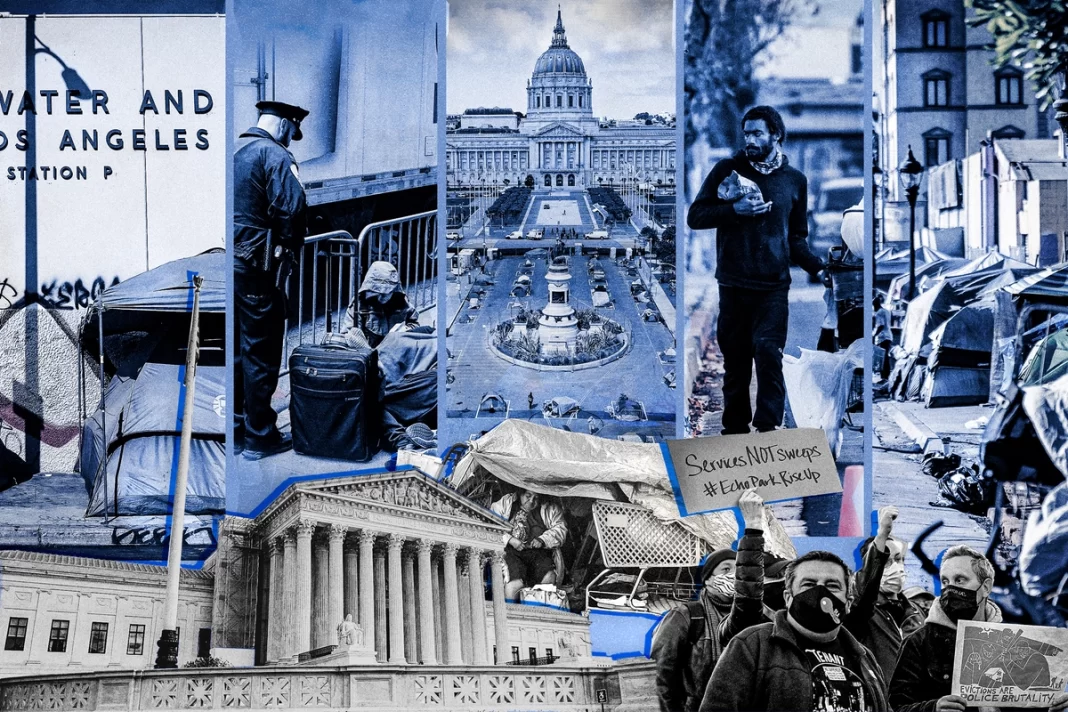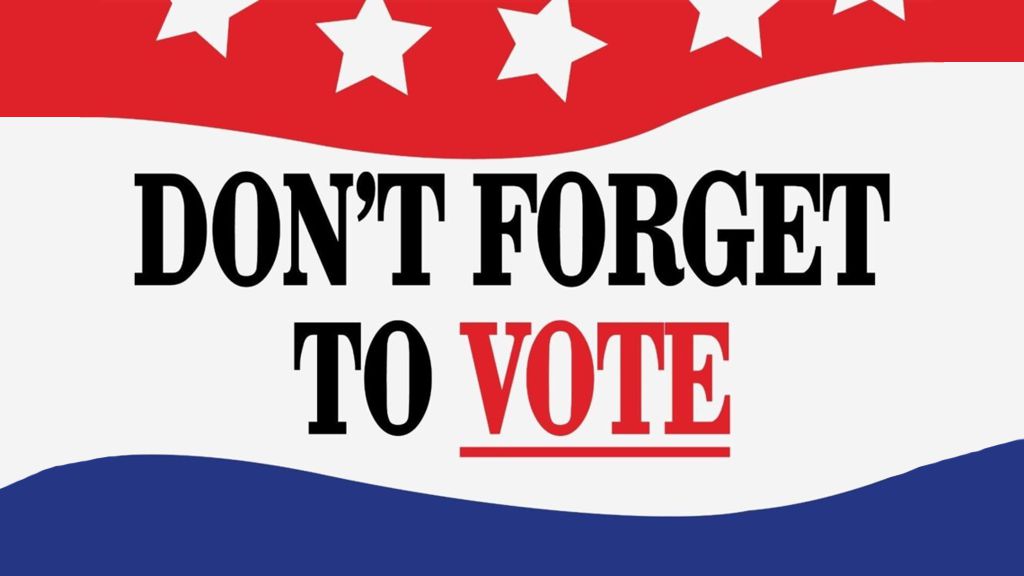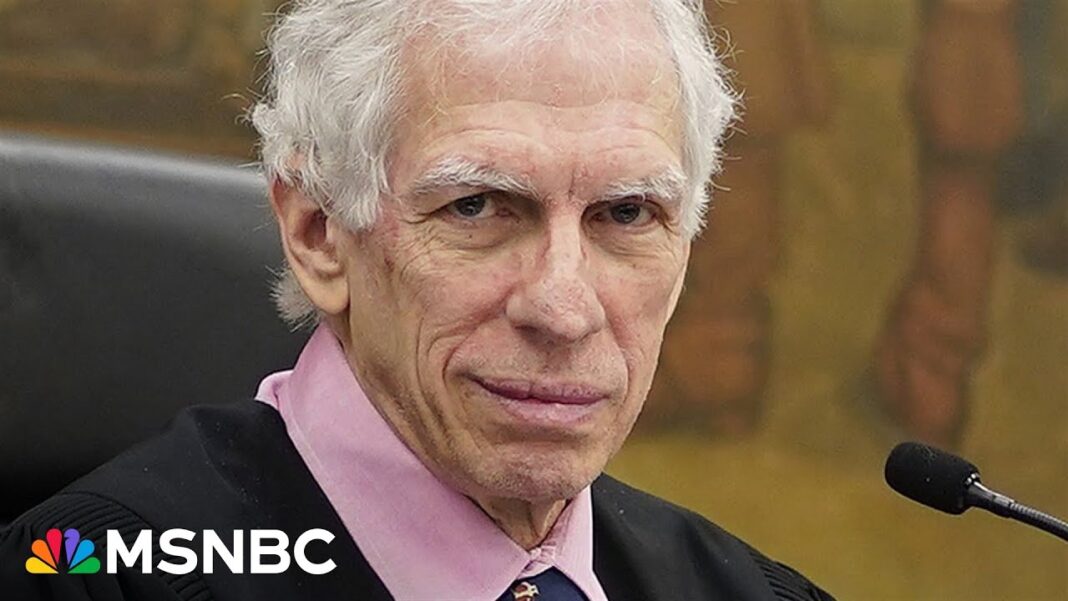
Overwhelmed with homeless people, cities and towns seek relief from the trap of having to either provide housing or leave encampments alone.
The homeless crisis in America is set to come to a head with a Supreme Court ruling as early as this spring, in the case of Johnson v. City of Grants Pass, Oregon.
The Supreme Court could—depending on what it decides—force changes in city ordinances and homeless policies across the country.
The decision is one of the most anticipated in years for San Francisco and other cities facing legal challenges from homeless people and advocacy groups.
At the heart of the case is the challenge by three homeless people to ordinances in the Oregon town of Grants Pass that prohibit homeless people “from using a blanket, pillow, or cardboard box for protection from the elements.”
The U.S. Court of Appeals for the Ninth Circuit, drawing on logic applied in the 2018 decision in Martin v. City of Boise, sided with the plaintiffs and blocked Grants Pass from enforcing its ordinance in the absence of shelters or other accommodations for the homeless.
The decision applies across nine western states, Alaska, Arizona, California, Hawaii, Idaho, Montana, Nevada, Oregon, and Washington.
Officials are left with two unappealing choices: let the sprawling encampments stand, or provide immediate emergency housing far beyond what their strained budgets allow for.
The Supreme Court, which announced on Jan. 11 that it will review the case, must either uphold or throw out the 9th Circuit’s ruling.
With close to 600,000 homeless people in America, according to recent Department of Housing and Urban Development figures, many cities that are bickering about what to do are paying attention to the case.
In Los Angeles, some 75,000 people live on the street, and the current mayor’s first action on taking office was to declare a homeless state of emergency.
In San Francisco, the crisis is so severe that residents are fleeing a city they have long cherished as one of the world’s most beautiful and livable locales, not to mention a dynamic tech hub. Nearly 8,000 people now live on the streets there.








